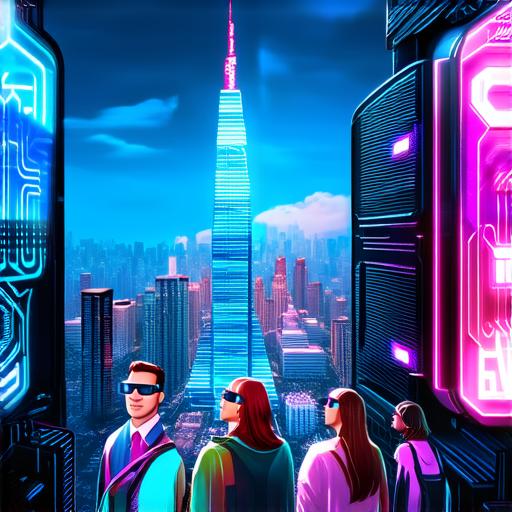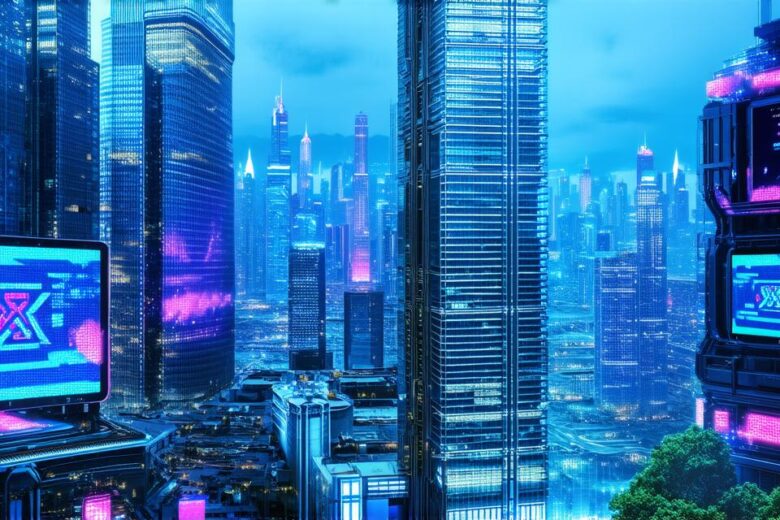The basics of AR
At its core, augmented reality is all about blending virtual objects with the real world. This is achieved through the use of sensors, cameras, and other hardware that tracks the user’s position in the physical environment. Once this information is collected, it is used to generate a 3D model of the user’s surroundings, which can then be overlaid with digital content.
One of the key components of AR development is the use of markers. These are special patterns or symbols that allow the AR system to accurately track the user’s position and orientation. Markers can be placed on physical objects, such as buildings or furniture, and used to anchor virtual content in place. Alternatively, they can be generated using computer-vision algorithms and displayed on a screen or other device.
Another important aspect of AR development is the use of computer vision algorithms. These algorithms are used to recognize real-world objects and track their movements, allowing the AR system to accurately position virtual content in relation to the user’s surroundings.
AR development tools
There are a wide range of
AR development tools
available, each with its own set of features and capabilities. Some popular options include Unity, Unreal Engine, and Vuforia. These tools provide developers with a range of powerful features, including support for multiple platforms, advanced physics simulation, and easy-to-use scripting languages.

Real-world examples
There are countless examples of AR in action, from retail to entertainment. One notable example is the virtual try-on feature used by fashion retailers like Sephora and Lululemon. This feature allows customers to see how different clothing items would look on them before making a purchase. Another example is the popular augmented reality game Pokemon Go, which has captured the imagination of millions of users around the world.
FAQs
What are the key components of an AR system?
The key components of an AR system include sensors, cameras, and other hardware that tracks the user’s position in the physical environment. Once this information is collected, it is used to generate a 3D model of the user’s surroundings, which can then be overlaid with digital content.
What are some popular
AR development tools
?
Some popular
AR development tools
include Unity, Unreal Engine, and Vuforia. These tools provide developers with a range of powerful features, including support for multiple platforms, advanced physics simulation, and easy-to-use scripting languages.
What are some real-world examples of AR in action?
There are countless examples of AR in action, from retail to entertainment. One notable example is the virtual try-on feature used by fashion retailers like Sephora and Lululemon. Another example is the popular augmented reality game Pokemon Go, which has captured the imagination of millions of users around the world.
